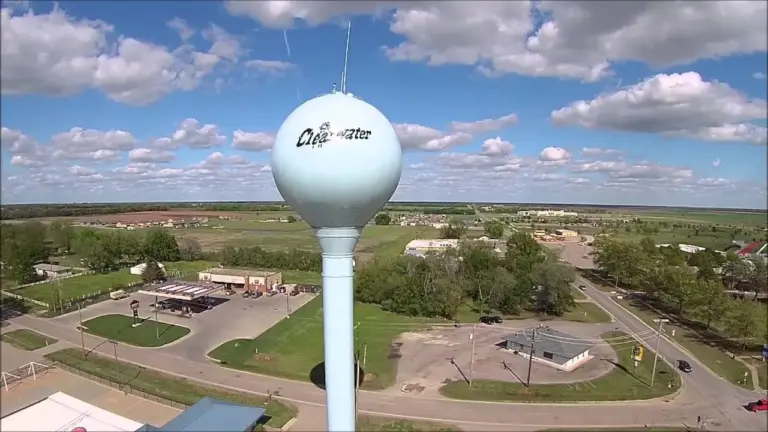If you’ve recently installed Starlink or are planning to, you’re already enjoying the benefits of fast, low-latency satellite internet—even in rural and remote areas. But while Starlink delivers excellent broadband speeds, its default WiFi router has limited range, which can be a challenge for larger homes, barns, RV setups, or multi-structure properties.
Whether you’re looking to stream 4K content from a backyard patio, monitor a camera in your detached garage, or get Zoom-ready coverage in your home office, this guide will show you how to extend and optimize your Starlink WiFi signal using range extenders, mesh systems, and proven layout strategies.
Why Starlink WiFi Coverage May Fall Short
The Starlink Standard Kit includes a basic Starlink router (Gen 2 or Gen 3), which offers solid performance but only covers about:
- 1,200–1,800 square feet indoors, depending on layout
- Limited penetration through walls or exterior structures
- Minimal support for outdoor or detached building use
If you live in a ranch-style home, have multiple floors, or need coverage across a wide property, the default setup just isn’t enough.
🧭 Optimize Your Starlink Router Placement
Before investing in extenders or mesh systems, first maximize your base router’s placement:
✔️ Central Location Is Key
- Place the router centrally within your home to evenly distribute the signal.
- Avoid installing it near exterior walls or windows, which leak signal outdoors.
✔️ Elevate the Router
- Set it on a shelf or elevated surface, ideally 4–6 feet above floor level.
- Avoid placing it in cabinets or behind furniture.
✔️ Reduce Interference
- Keep it away from microwaves, cordless phones, and baby monitors.
- Avoid thick walls, brick, or metal which block signal strength.
🔄 Best WiFi Extenders for Starlink
If your property just needs a signal boost in one or two locations, a WiFi extender may be the simplest solution. These devices repeat the existing signal, expanding coverage.
Top Starlink-Compatible WiFi Extenders:
✅ TP-Link RE715X (AX3000)
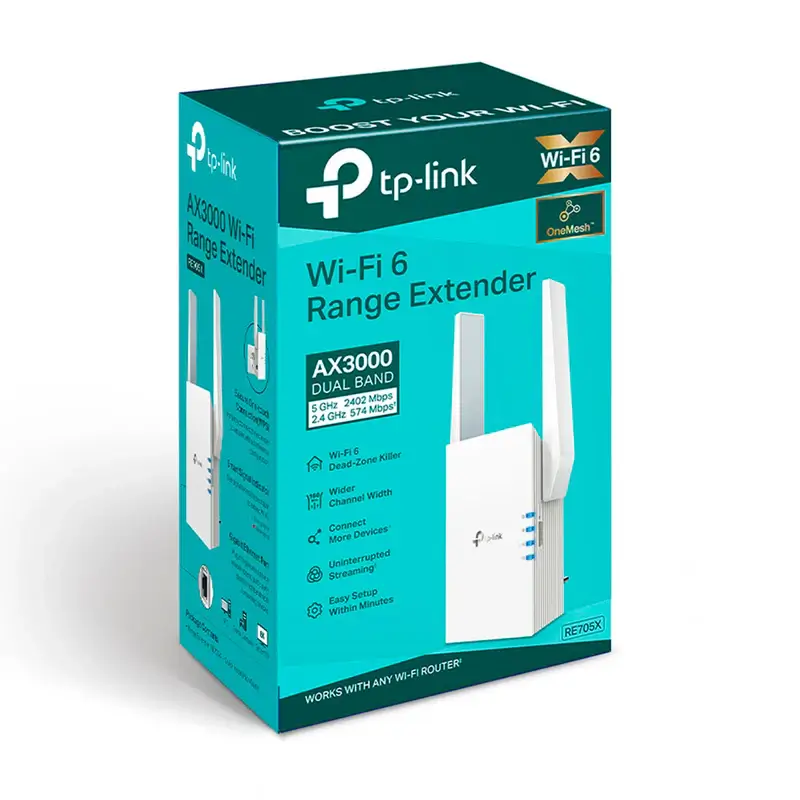
Key features:
- Dual-band extender supports both 2.4 GHz and 5 GHz frequencies
- Up to 3,000 Mbps combined throughput
- Compatible with Starlink Gen 2 and Gen 3 routers
- Ideal for reaching garages, workshops, or second floors
- Supports TP-Link’s OneMesh for smoother roaming
✅ NETGEAR EAX20 AX1800
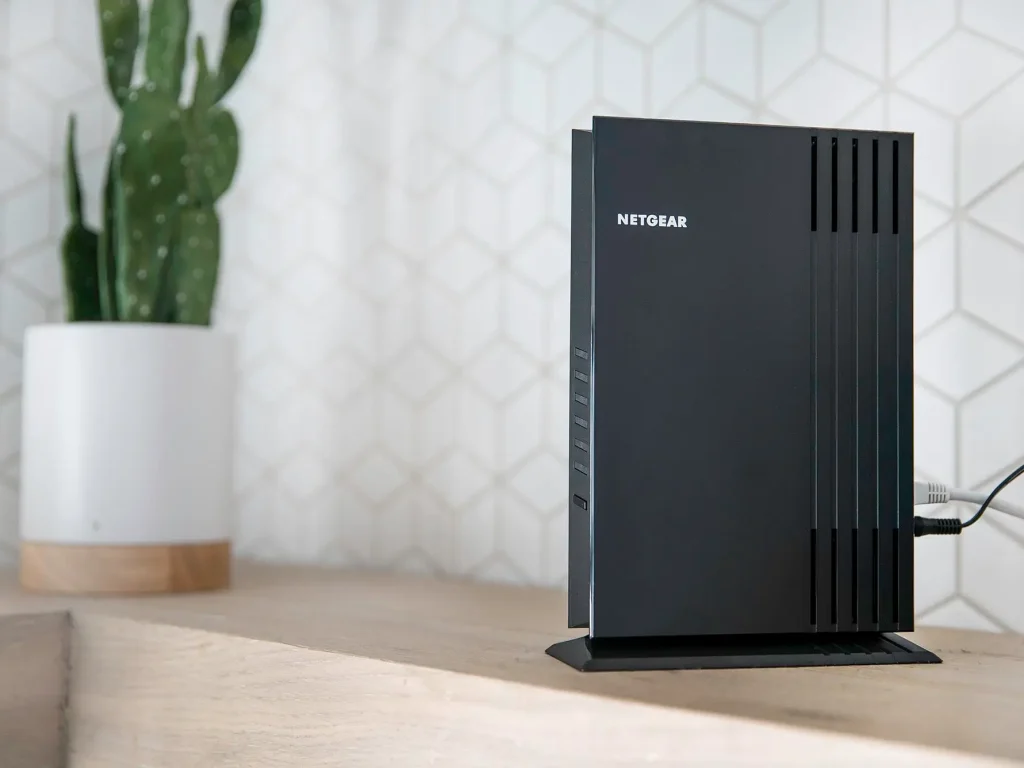
Key features:
- WiFi 6 for stronger performance in dense environments
- Up to 1,800 Mbps across 2.4 and 5 GHz
- Ideal for concrete or brick homes
- Offers both wireless and Ethernet backhaul options
- Works well for extending Starlink to guest rooms or garages
✅ Linksys RE7000 AC1900
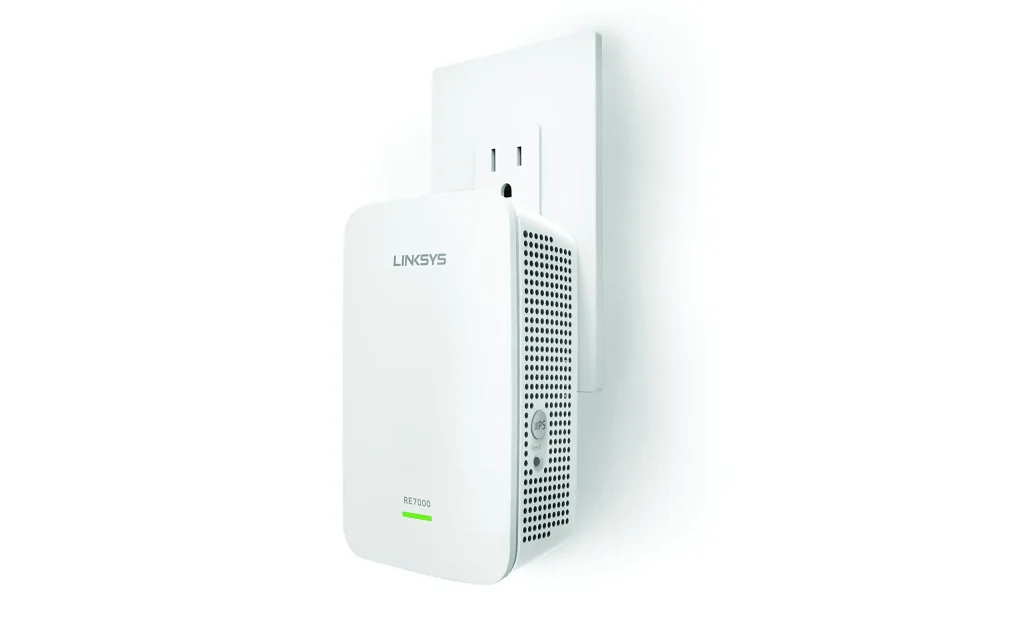
Key features:
- Dual-band coverage up to 1,900 Mbps
- Compact wall-plug design fits almost anywhere
- Easy to configure and compatible with most routers
- Ideal for smaller coverage gaps like offices or bedrooms
- Affordable and reliable
Pro Tip: Starlink Gen 2 users must use the Ethernet adapter (sold separately) to hardwire most extenders for best performance.
🕸️ Mesh WiFi Systems: The Best Solution for Whole-Property Coverage
For large homes, detached buildings, or multi-level properties, a mesh WiFi system offers superior performance and seamless roaming. Unlike traditional extenders, mesh nodes communicate with each other and manage signal distribution dynamically.
🔝 Top Mesh Systems That Work With Starlink:
✅ Eero Pro 6E
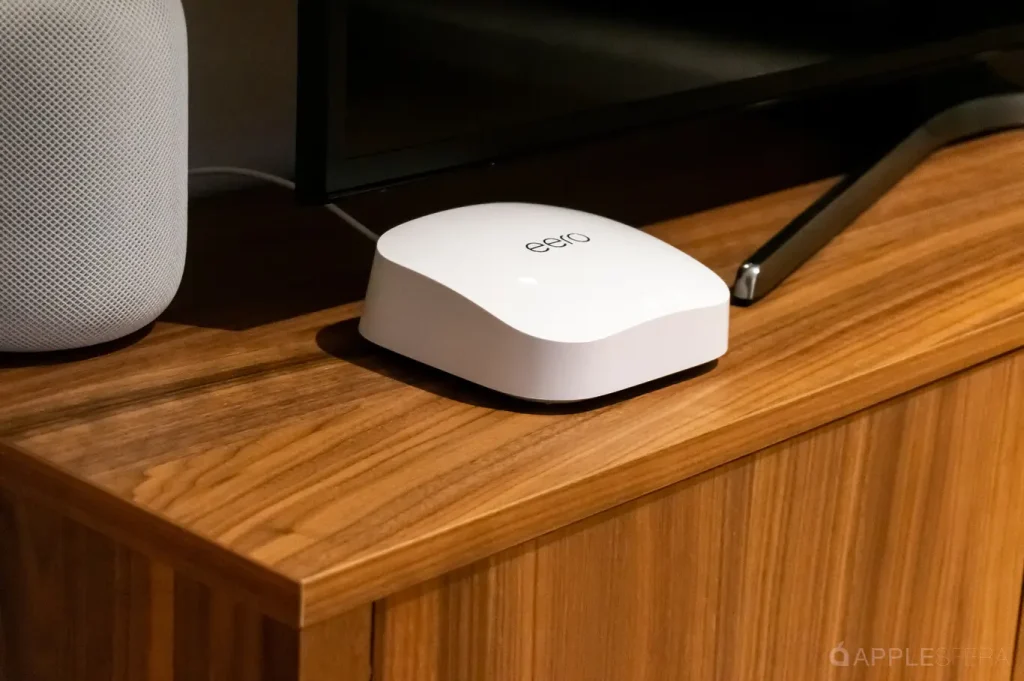
Key features:
- WiFi 6E tri-band performance with support for multi-gig speeds
- Seamless roaming and smart device management
- Covers up to 6,000 sq. ft. with a 3-pack
- Easy integration via Starlink Ethernet Adapter
- Great for smart homes, streaming, and remote work
✅ Google Nest WiFi Pro
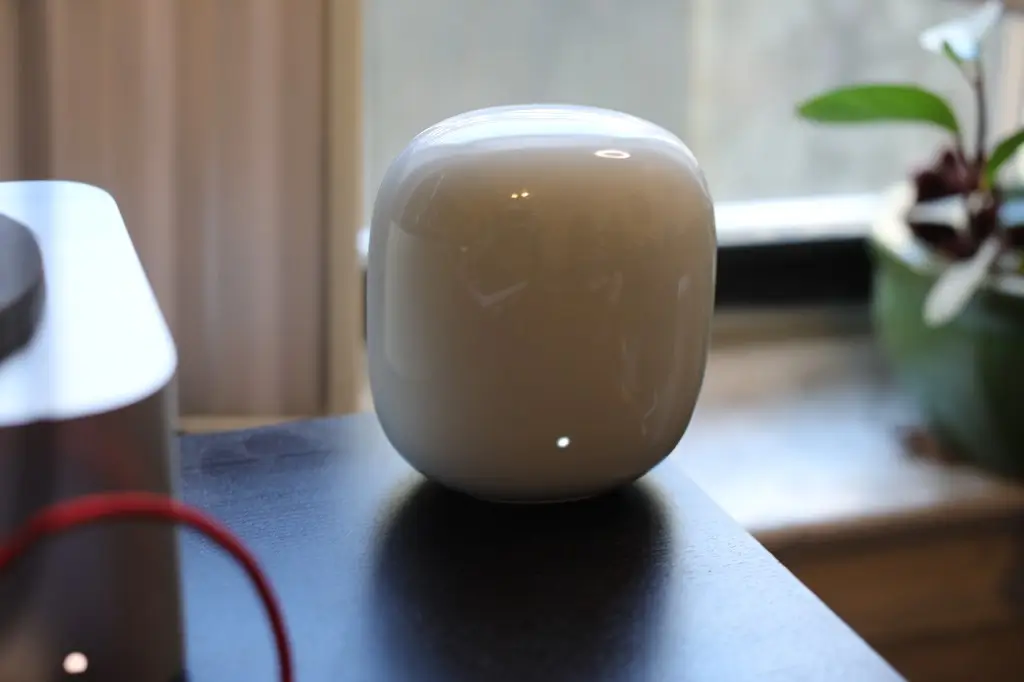
Key features:
- WiFi 6E for faster, more stable coverage
- Smart prioritization for streaming, work, or gaming
- Easy setup with the Google Home app
- Sleek, minimalistic design ideal for open layouts
- Ideal for homes up to 5,400 sq. ft. with a 3-pack
✅ TP-Link Deco XE75
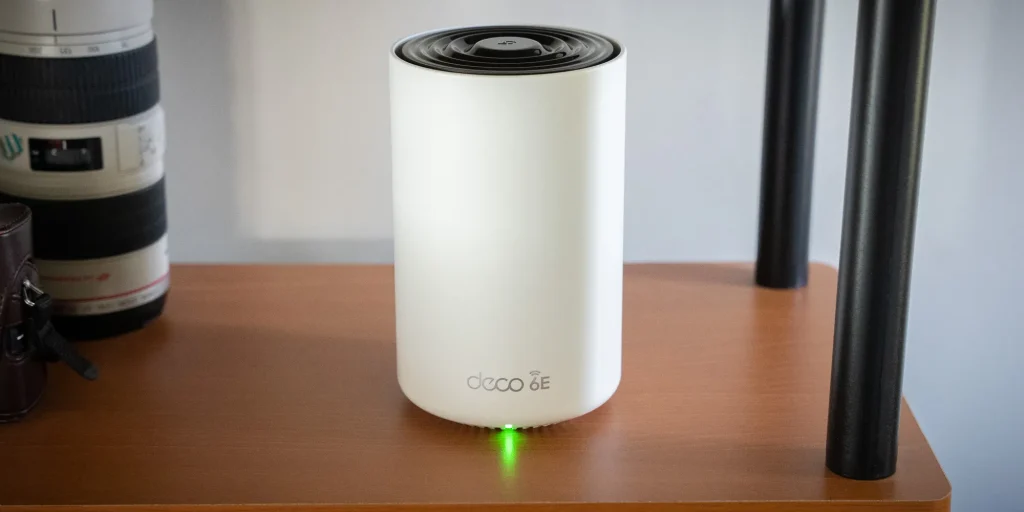
Key features:
- Tri-band WiFi 6E for high-performance networking
- Works perfectly with Starlink in bypass mode
- Supports wired backhaul for detached garages, barns, or ADUs
- Intuitive Deco app with real-time management
- Great balance of performance and value
✅ ASUS ZenWiFi AX (XT8)
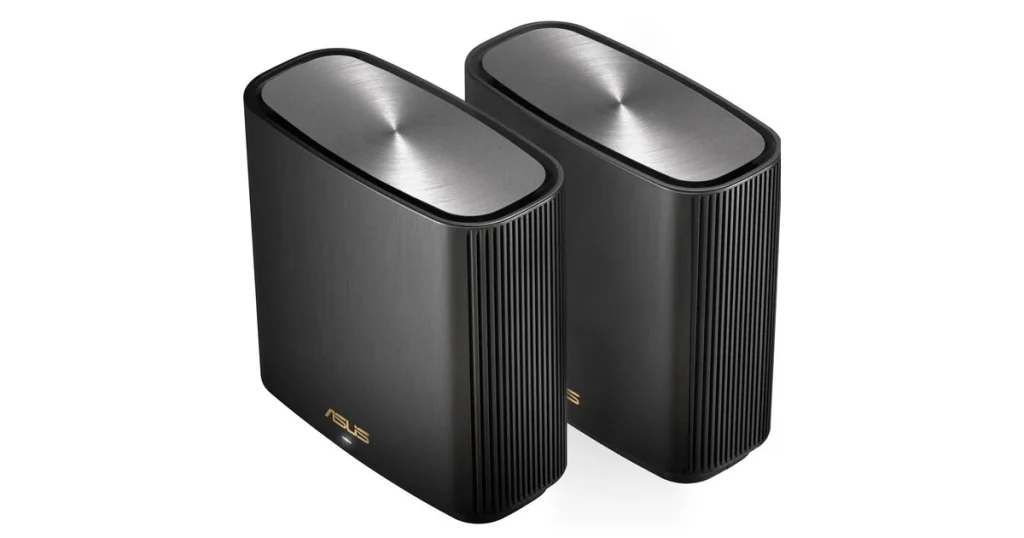
Key features:
- Dual-band WiFi 6 system with advanced controls
- Covers large homes or multiple buildings up to 5,500 sq. ft.
- Built-in security with AiProtection Pro
- Excellent for gaming, home offices, and smart automation
- Compatible with wired or wireless Starlink connections
Important: For best results, configure Starlink in Bypass Mode and let the mesh router handle your network. You’ll need the Starlink Ethernet Adapter to connect the mesh router directly.
🏡 Extend WiFi to Detached Structures (Garages, Barns, RVs)
Many Starlink users in rural settings want to extend their internet to:
- Detached garages and workshops
- Barns or livestock sheds with monitoring cameras
- ADUs or guesthouses
- RVs, campers, or pool houses
📡 3 Ways to Extend Starlink to Outbuildings:
- Mesh Node with Wired Backhaul
- Run an Ethernet cable underground or overhead to your detached building.
- Place a mesh node inside to act as an access point.
- Point-to-Point Wireless Bridge
- Use a kit like Ubiquiti NanoStation or TP-Link CPE210
- Transmit WiFi from your home to a remote building up to 300+ feet away
- Outdoor WiFi Access Points
- Install a weatherproof AP like the Ubiquiti UniFi U6 Mesh on your home’s exterior
- Great for coverage across driveways, patios, or RV pads
🧩 Starlink Network Layout Example
Below is a simplified diagram of a recommended Starlink + Mesh setup:
[Starlink Dish]
|
[Starlink Router] —> [Ethernet Adapter] —> [Primary Mesh Router]
|
└──> [Mesh Node - Main House]
└──> [Mesh Node - Detached Garage]
└──> [Outdoor AP - Barn / Yard]
- Use wired connections where possible for backhaul stability.
- Place mesh nodes 1–2 rooms apart for maximum performance.
🌦️ Outdoor Considerations for Florida, Texas, and Rural Areas
Starlink users often face environmental challenges like:
- High humidity or rain – Use sealed Ethernet conduit and outdoor-rated cable
- Hot climates – Ensure mesh nodes or APs have shade or ventilation
- Pests and rodents – Protect cabling with PVC or flexible conduit
- Lightning risk – Use grounded surge protection for Starlink and all wired gear
At Starlink Installation Pros, we install rugged, outdoor-ready solutions across barns, workshops, RV pads, and more.
✅ Summary: Pro Tips to Boost Your Starlink WiFi
- Place your Starlink router centrally and elevated
- Use WiFi extenders for small coverage gaps
- Invest in a mesh WiFi system for seamless, whole-home coverage
- Run Ethernet to detached structures where possible
- Use outdoor access points or wireless bridges for barns and RVs
- Protect all hardware from weather, pests, and power surges
Need Help Extending Your Starlink Network?
Whether you’re outfitting a large rural home or adding coverage to a detached garage, Starlink Installation Pros offers professional WiFi expansion and Starlink installation services tailored to your property.
📞 Call today for a free consultation

